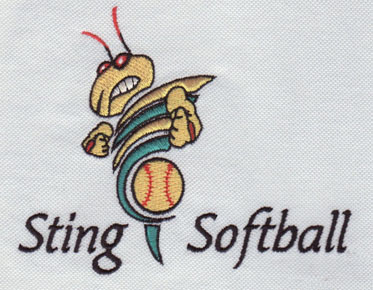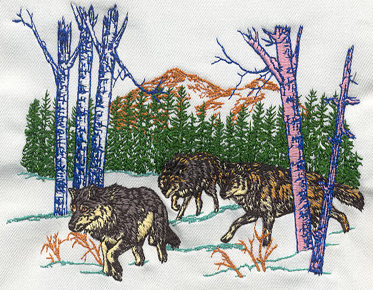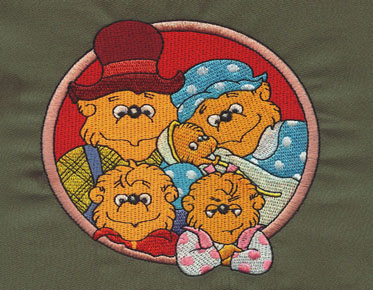The Reasons to Digitize Your Images for Embroidery
Embroidery digitization is a
vital need to be able to embroider a design onto a garment or else accessory.
An embroidery machine cannot function without a digitized file. The procedure
of converting a file into a classification of instructions that the embroidery
machine can construe to sew the design in a quantified method is called
digitizing.
In embroidery digitization, you need someone who can do the conversion for you quickly. If you have an inexperienced worker digitizer, it may take a long time to make settable artwork from modified logos. In addition, if your non-specialists take too long to create image files, you will not be efficient. You should have all your artwork in the hands of experts and generate your files as needed in the CorelDRAW Vector File Embroidery Digitization file format - dst, emb, pes. They can do it quickly and competently compared to novices.
Understanding
Before you venture into embroidery, know what digitization is all about.
Embroidery digitization is, by definition, the process of acquiring artwork and converting it into a separate digital file. Digital files are fed into embroidery machines. Next, the machine stitches the artwork onto the product of your choice.
The digitization tells you how many stitches are needed to create a logo or other
design on a dress. Even if your proposed artwork is difficult, the embroidery
machine will not add much necessary time or effort. It is obvious why
digitization is more popular than traditional embroidery methods.
Understand
the benefits of embroidered items
Compared with screen prints, embroidery is much more expensive. But embroidery items have many benefits. Embroidery items have a higher perceived value and a longer service life. Design doesn't go away easily. Even after extensive washing and years of use, the design won't fade that fast.
Unlike screen printing, embroidery logos are designed and created to stand out. This means that embroidered logos weigh more and are taller. Screen prints are made of fine ink. It forms a thin layer on the goods.
Best
of all, embroidery logos come in a variety of shades. You don't have to choose
a monochrome design if you don't want one. Use multiple bright colors in any
palette.



